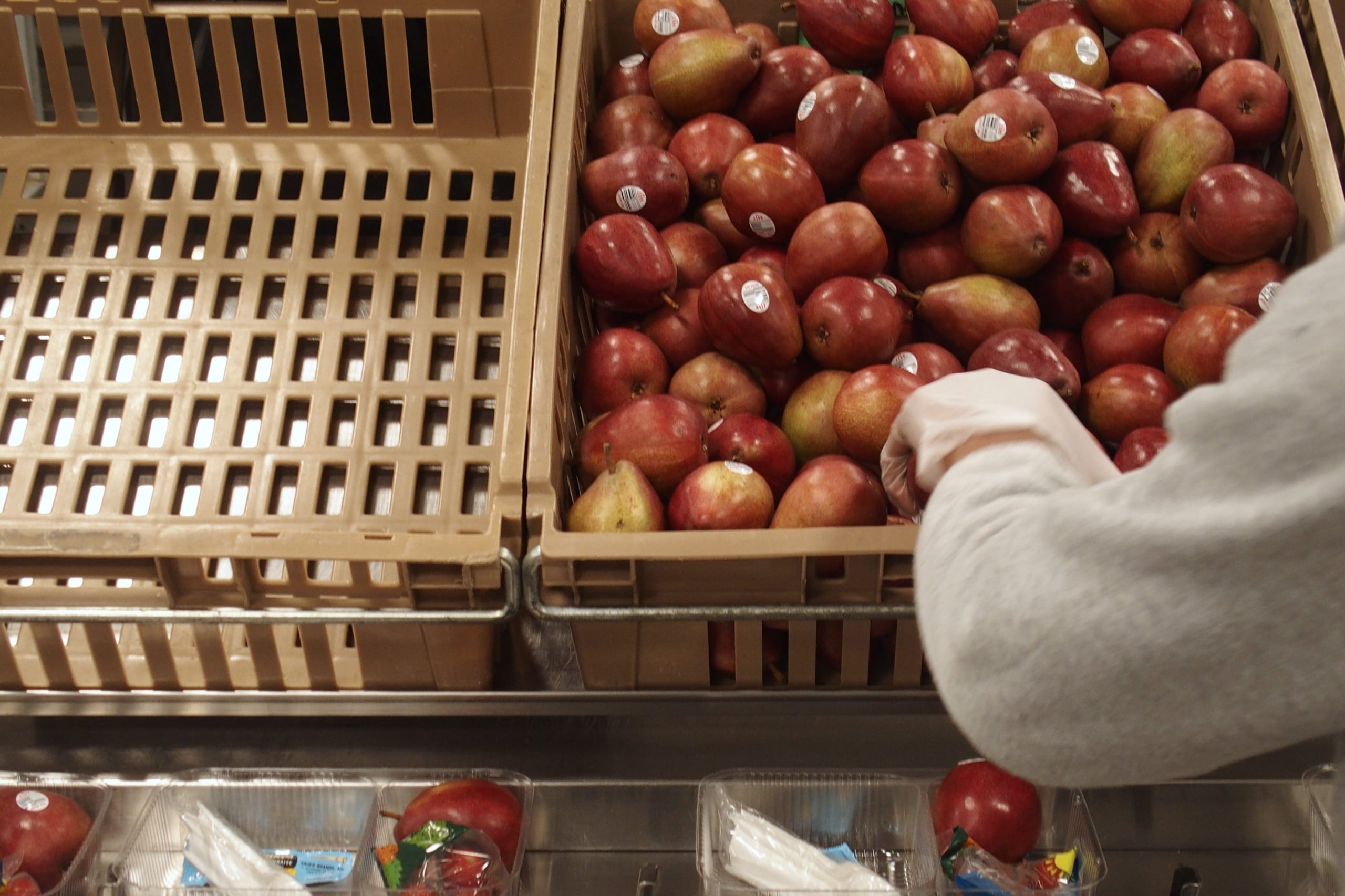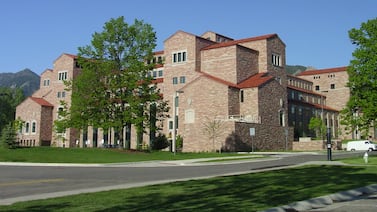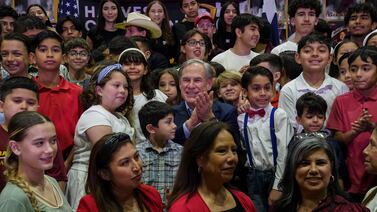All New York City public school families regardless of income will receive $375 per child in food benefits to help cover the costs of meals from last summer during the pandemic —whether they attended summer school or not.
The state began the rollout this month, with the retroactive benefit being distributed to students enrolled as of June 2021.
The benefit comes from the Coronavirus Pandemic Electronic Benefit Transfer or P-EBT, a federally created program covering meal expenses for students who typically received free meals when in school but were learning remotely due to the pandemic. This is the third round of food benefits for public school families across the state since the pandemic began in March 2020, with the state sending more than $3.4 billion to families since then, officials said.
Because New York City is a universal free lunch district, all public school students are eligible to receive P-EBT regardless of their household income. Families are also eligible regardless of immigration status.
The food benefits will automatically be distributed to all households with eligible school-age children in the same manner they received their P-EBT benefits for the past two school years. For those who typically receive food benefits, the money will be added to their regular cards; for others, the funds will be automatically loaded on P-EBT cards they received in the mail in 2020 or 2021. (Families should keep their cards after the money is used because new iterations of the program might still be approved.)
The benefits can be used to purchase eligible food items in stores that accept them and are available for at least 274 days from the date they were issued.
Some eligible students have yet to receive benefits for logistical reasons, such having an incorrect address on file or incomplete information from a school, according to a spokesperson from the state’s Office of Temporary and Disability Assistance (OTDA), which oversees the disbursements.
“It’s been hugely important to help families stay afloat during this crisis,” said Liz Accles of Community Food Advocates, a New York-based nonprofit focused on food access. “Most New York City public school students are in families who are struggling to make ends meet. And there are many more that are right above the federal eligibility for free or reduced price meals, given the cost of living in New York City.”
According to the city’s education department, 73% of public school students are economically disadvantaged.
“School meals are one of the biggest, most far-reaching anti-hunger programs. If kids access two meals a day, that’s 40 meals a month for each child in the household,” Accles said.
A recent survey of more than 600 families conducted by Change Research and No Kid Hungry found that 58% of adults with children in New York City schools have struggled to eat healthy and nutritious food over the past 12 months. The same survey found that 43% worried a member of their household would not have enough food to eat. More than a third of respondents had to skip a meal.
New York City schools will provide free meals this summer to anyone ages 18 and under at select campuses starting on June 28. But historically, families in need have not fully taken advantage of the program. Research has shown that food insecurity is higher during the summer months, when many children do not receive their regular free meals at school.
“We refer to summer as the hungriest time of the year,” said Rachel Sabella, of No Kid Hungry New York, the New York division of a national campaign that aims to solve hunger in the United States. “For many families, they may not have a summer meals site close to them, where they can access those free meals. Some food pantries and soup kitchens that are normally open in the summer rely on volunteers. If the volunteers are not available, their services are not available.”
Sabella said that P-EBT is also valuable to families because they’re able to go buy groceries in convenient locations, rather than travel to a free meal site.
There are legislative efforts to extend P-EBT and to pass a summer food benefit program nationwide. The summer EBT proposal was part of President Joe Biden’s American Families plan in 2021. But as of now, the summer program is still in its pilot version, serving a limited number of states.
“Summer EBT would be pretty much exactly what pandemic EBT is, it would be available in the summer months when school is closed for families that had been receiving free and reduced price meals as another way to get them those grocery benefits,” Sabella said.
The P-EBT benefit remains in effect while COVID-19 is a public health emergency, but each state must be approved by the United States Department of Agriculture (USDA) . The public health emergency was extended until mid-July.
Marcela Rodrigues-Sherley is a reporting intern for Chalkbeat New York. Contact Marcela at mrodrigues-sherley@chalkbeat.org.





